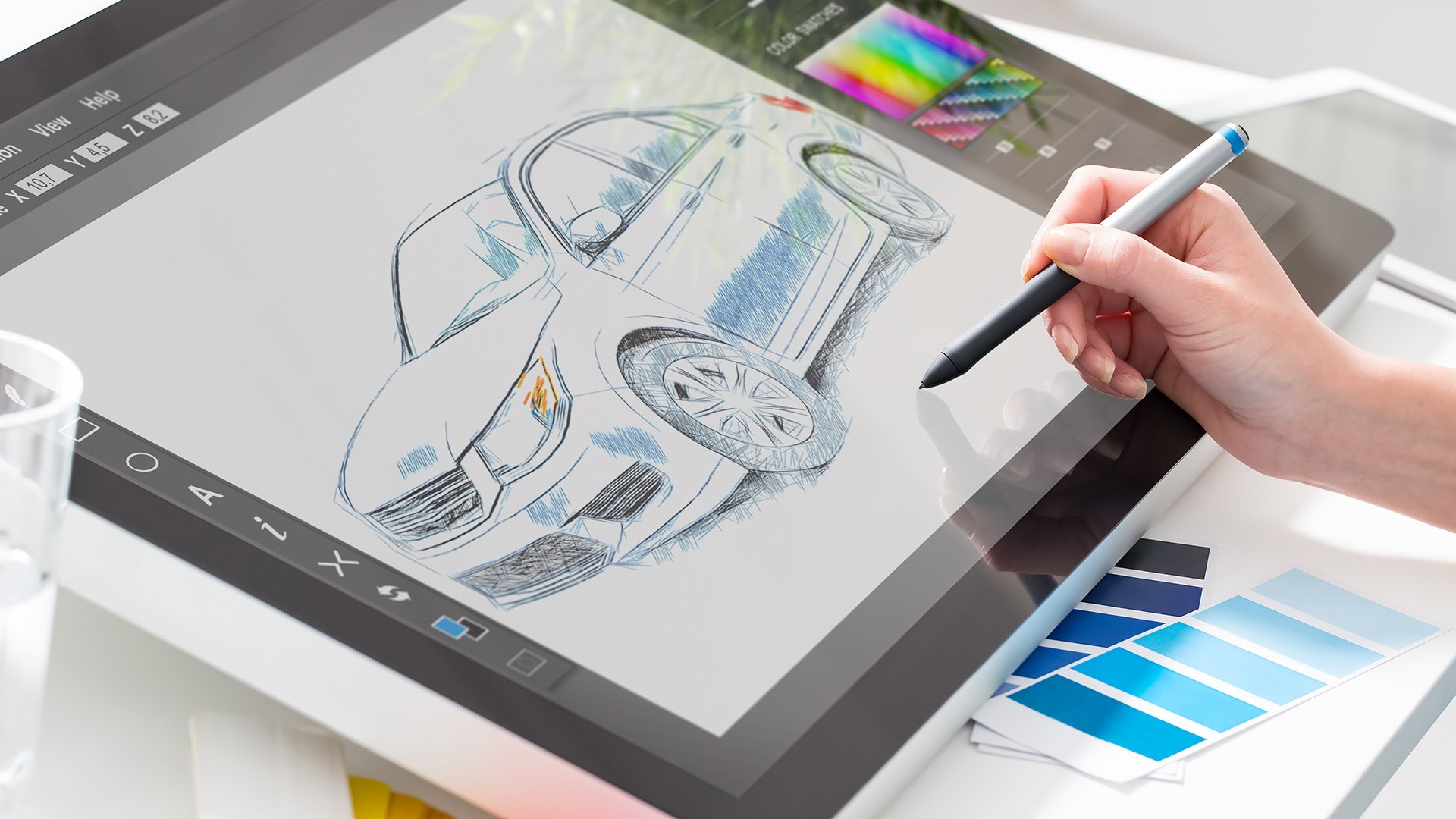
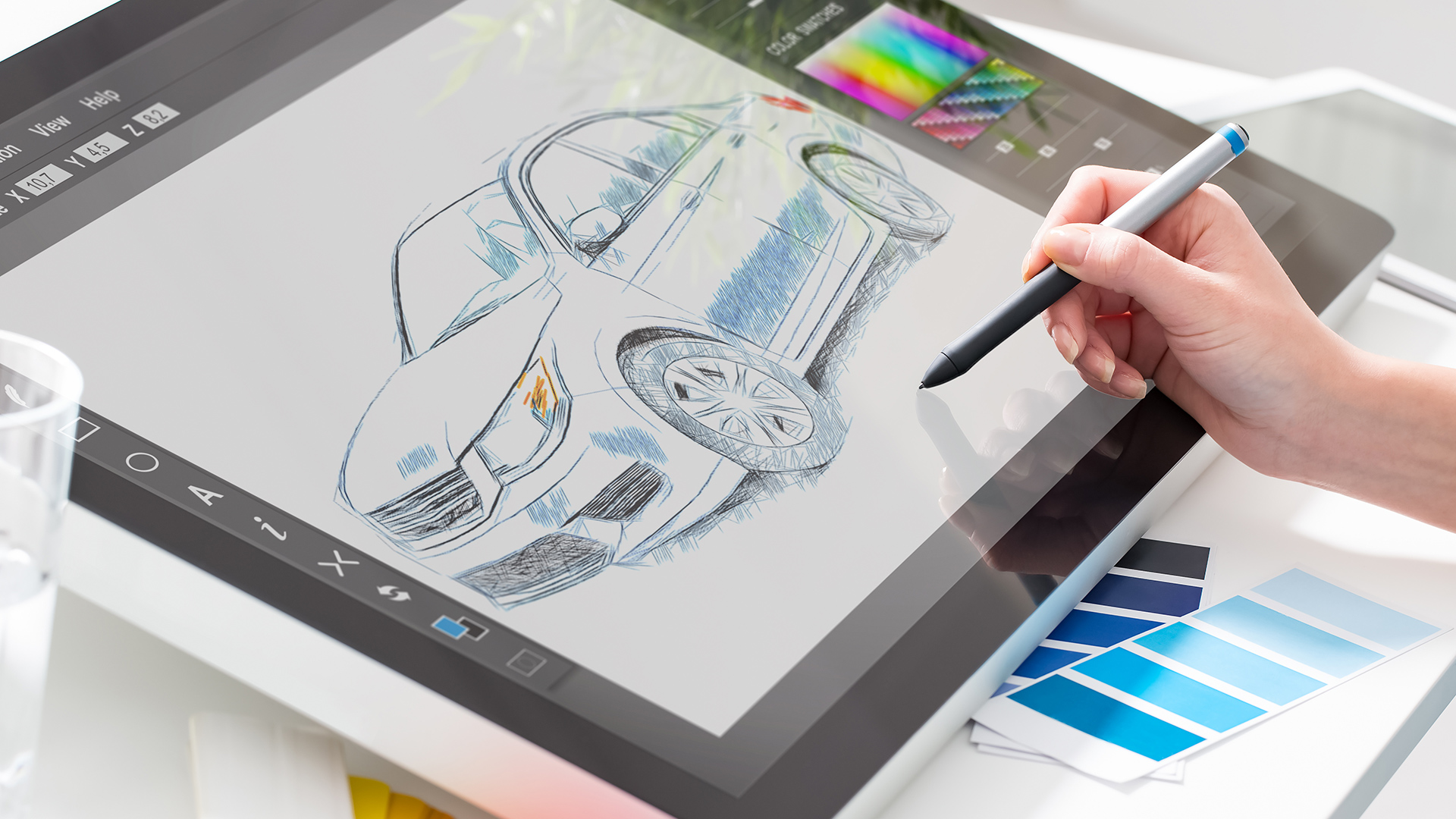
Dual-screen Premiere Pro editing and tablet virtualisation in Google Cloud? Yes, this is all possible thanks to a company called Teradici.
Google Cloud, Adobe, NVIDIA, and Teradici – one of these companies may not be a household name at IBC 2019. Remote workstations are not new. But how can Google deliver a workstation from the cloud and who creates the secret sauce that makes it possible?
Let’s start with the result. Teradici showed a dual display, 4K Premiere Pro editing session. They also showed a Wacom Cintiq tablet running an animation application. Interaction with the systems showed no signs that the workstation was not sitting just behind the wall.
Basically, Teradici was demonstrating perfect performance. The only hitch? The hardware was nowhere close to Hall 14 at IBC. In this case, the hardware was provisioned on Google Cloud. However, it could have been in an on-premise data centre, a private cloud, or a hybrid cloud environment.
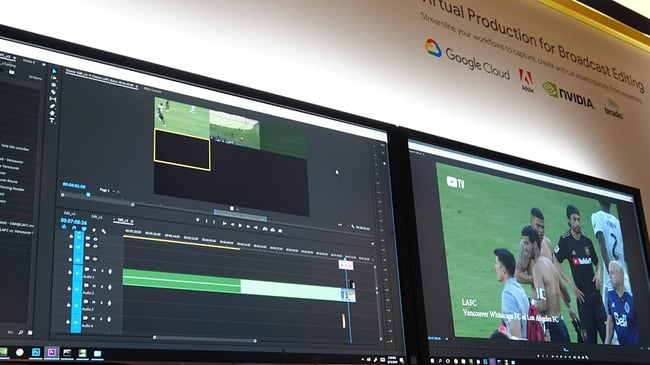
The key ingredient for this remote workflow is Teradici’s Cloud Access Software. And the key to their Cloud Access Software is Teradici’s PC over IP, or PCoIP technology. PCoIP provides a secure, high-performance workstation experience remotely.
The key characteristic is that the workstation user does not notice any difference in response or performance due to the workstation’s remote location. At IBC 2019, Teradici was able to convincingly demonstrate this with a Cintiq tablet from Wacom.
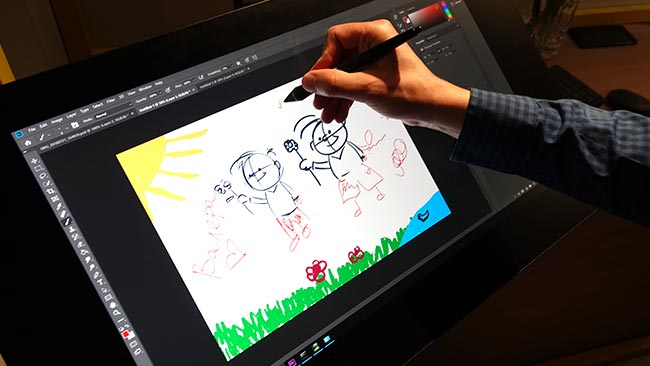
This Wacom tablet demo is fully virtualised in Google Cloud with a perfect response time thanks to Teradici's local termination
In the Wacom demo, the entire tablet is virtualised in the cloud. Yet the response when working with the tablet feels local. And in fact, the interaction with the tablet is terminated locally, even though the tablet and the application are virtualised in Google Cloud.
Teradici has a history of Remote Workstations
Since its founding in 2004, Teradici has focused on delivering remote workstation performance to users. Their first product was released in 2007. At that time, the company supplied hardware to complete the solution. Quite rapidly, the company moved its expertise to a software-only solution.
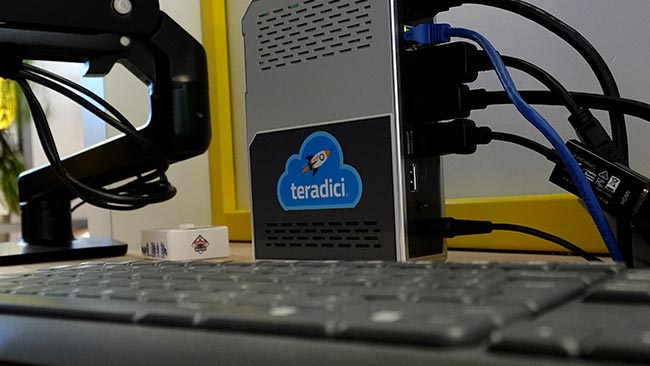
The IBC 2019 demos were running on Google Cloud and locally, using a zero client but any client device is possible
Today, Teradici’s Cloud Access Software not only handles the technology for remote access. It is also designed to be easily provisioned in a cloud environment. At IBC, the company was talking about PCoIP Ultra. The “Ultra” designates the latest evolution of Teradici’s technology. Key points include perfect 4K and UHD support, scaling across multi-core CPUs and support for third-party codecs.
The bottom line for workstation users? Remote access from any client device with full workstation capabilities adds flexibility to your workflow and your workday without any sacrifice in performance.
Tags: Production


Comments